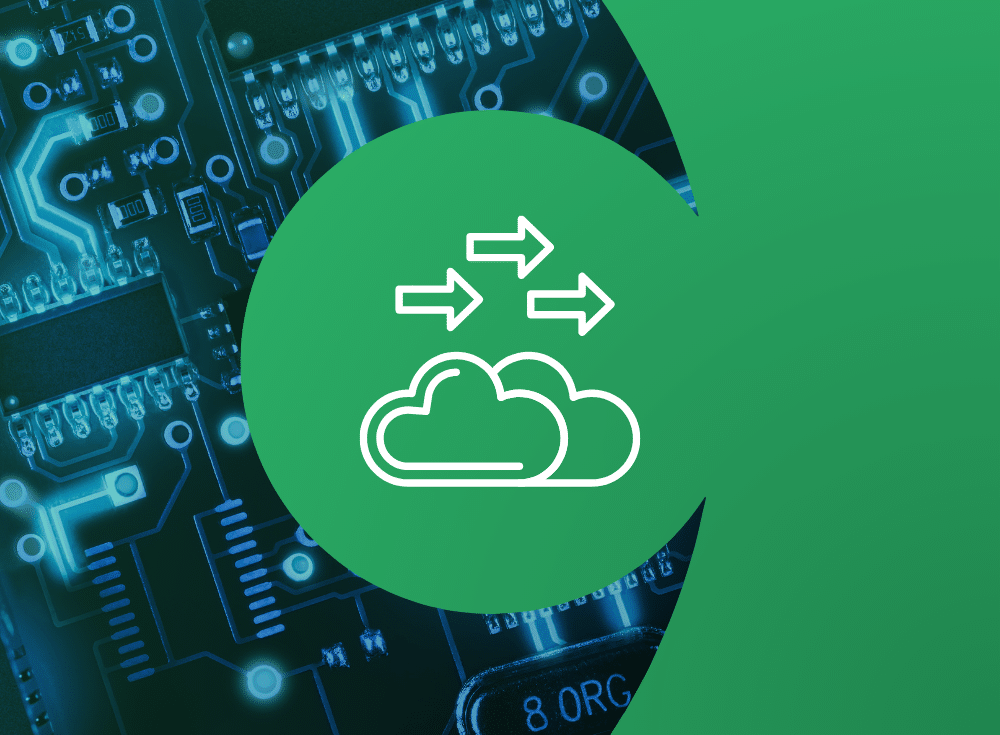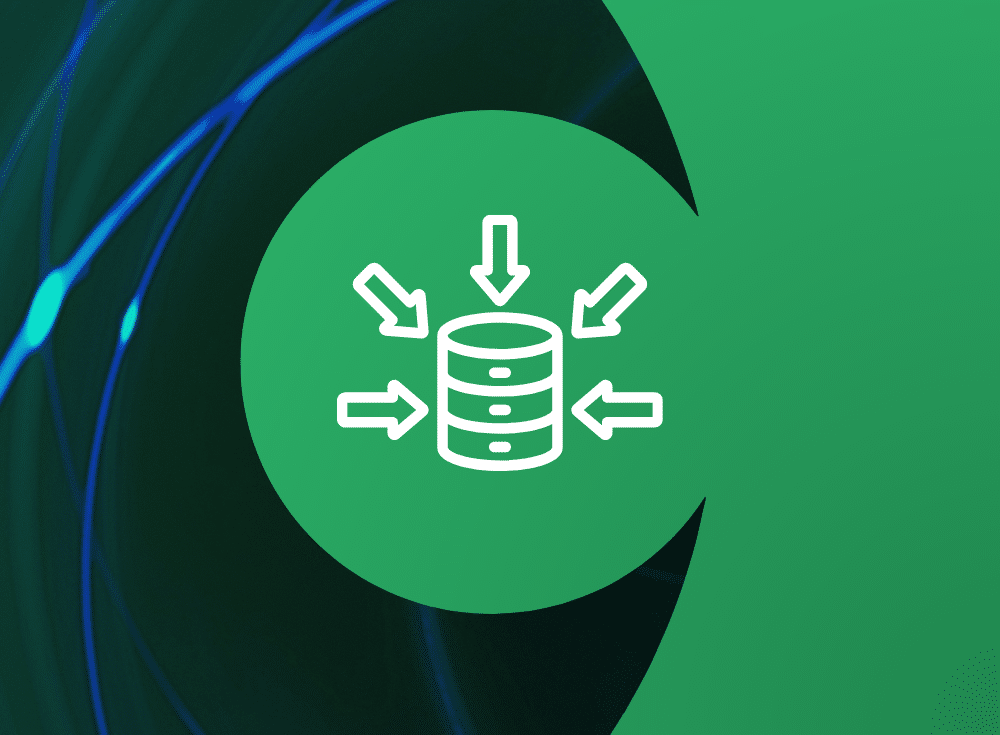At its most basic, a Kubernetes pod is a collection of one or more containers in a cloud native environment. It is the smallest unit of deployment in applications. If more than one container inhabits a pod, those containers share network and storage resources.
Think of it like this: if your application was a band, a pod would be the stage they all perform on, complete with shared resources like microphones (network) and a drum set (storage).
To understand how Kubernetes pods help, it’s important to understand the role of containers in cloud native environments and how Kubernetes orchestrates them. Only then can we discuss pods, how they work, and how you can use them to optimize application performance.
An overview of Kubernetes (but first, a word about containers)
Although not strictly necessary, containers are highly recommended for and typically used in cloud native environments. Containers package a piece of your application code and its dependencies into portable units that can run seamlessly across different computing environments. In essence, containers offer a way to successfully run applications in the cloud—or across many clouds—consistently and efficiently.
However, managing a large number of containers is extraordinarily complex. For starters, they are ephemeral, which means you can create, scale, or destroy them as needed. Although this gives you much-needed flexibility and scalability, containers must be managed carefully to keep your applications stable, and prevent data loss.
According to the “single concern principle,” each container should ideally handle a single process or service. This fact will be important when we discuss pods later.
Managing the lifecycle, networking, storage, and security across thousands of containers—which, remember, are constantly coming and going—requires ultra-sophisticated know-how and coordination.
This is where Kubernetes comes in.
Kubernetes is the leading platform for container “orchestration”. Or in other words, for managing and scaling containerized applications. Developed and then open-sourced by Google, Kubernetes abstracts the underlying infrastructure (servers, storage, networking) of a container environment, then acts as a central platform for running cloud native applications in that environment.
By automating many complex tasks of running container-based infrastructures—like resource allocation, load balancing, and failover—Kubernetes has become essential in the container-based cloud native era.
While powerful and versatile, Kubernetes is also known for its complexity. It often requires organizations to invest in monitoring tools—and develop sufficient expertise to adequately manage it.
Despite this, its flexibility and widespread community support make Kubernetes a cornerstone of modern cloud native infrastructure. Over 10 years old, Kubernetes continues to evolve with regular releases from the Kubernetes Community, which owns its trademark. With these releases—typically every three months—the community adds new features, improves security, and enhances performance.
What is a Kubernetes pod?
A pod is the smallest and most fundamental building block of Kubernetes. It’s used to deploy and manage containerized applications. While Kubernetes pods can run multiple containers, it is typically recommended to limit each pod to closely related containers that need to share resources or communicate directly. Unrelated applications should run in separate pods for better flexibility, isolation, and management.
Each pod is isolated from others, but they all share the resources of the underlying node (the physical or virtual machine where the pod runs).
What does a pod do?
Pods act as a container management system within Kubernetes. They make sure your apps get the necessary resources and keep running smoothly. Kubernetes manages the lifecycle of pods, and controls when they start, stop and restart based on the state of each app.
More specifically, here’s a breakdown of a pod’s responsibilities in the Kubernetes ecosystem:
- Runs applications: A Kubernetes pod provides the environment for your application to run within its container(s).
- Manages resources: A pod allocates the appropriate CPU, memory, and storage resources to the containers they hold.
- Facilitates communication: For pods with multiple containers, the pod ensures they can easily share resources and communicate with each other.
- Handles IP addresses: Each pod has its own IP address, which allows other pods in the cluster to communicate with it.
Types of pods
Four different kinds of Kubernetes pods exist to address the various ways that your apps need to operate: static, dynamic, single-container, and multi-container.
Static pods
A static Kubernetes pod is a configuration file manually set up and managed directly on a specific node within a Kubernetes cluster. They are not managed by the centralized Kubernetes API.
Here’s what sets static pods apart:
- Locally managed: The Kubelet (a node agent) on the pod’s node ensures the pod is running. It doesn’t use the typical Kubernetes tools for tracking it.
- Specialized use cases: Static pods are often used for important tasks like monitoring and logging.
- High availability: Since static pods don’t rely on the Kubernetes API, they can continue running even if the controller is unavailable.
Dynamic pods
Dynamic pods are automatically created and managed by Kubernetes controllers (like deployments, statefulsets, or daemonsets) to run application components like web servers. They help make sure your apps can run across a cluster reliably.
Dynamic pods are also critical to Kubernetes’ ability to scale your apps up and down, self-heal, and automatically manage resources.
Additionally, dynamic pods are:
- Created automatically: Dynamic pods are set up by Kubernetes itself based on your specifications. Kubernetes decides which machine in the cluster will run the pod.
- Managed centrally: The Kubernetes Control Plane monitors and manages dynamic pods. In case one fails, Kubernetes restarts or relocates the pod to another machine in the cluster.
- Flexible and scalable: Dynamic pods allow you to easily scale and adjust your apps, with Kubernetes managing where and how they run.
Single-container pods
Single-container pods are the most common type of Kubernetes pod. As the name suggests, they run only one container within the pod. This is often the simplest and most efficient way to deploy applications, especially those that are self-contained and don’t require close interaction with other containers.
For example, a single-container pod could run a user authentication microservice, where all the necessary logic is contained within a single container and doesn’t need any other container to operate.
Multi-container pods
Multi-container pods allow you to run multiple containers within the same pod. These containers share resources like network and storage, and can easily communicate with each other. It is worth noting that using multi-container pods requires careful design and management to ensure efficient operation.
This type of pod is useful for applications with tightly coupled components. For instance, you might have one container running your main application logic, while another manages logging, monitoring, or proxying traffic tasks. This puts different functions into different modules while keeping them in the same operating environment.
Creating, using, and working with pods
Creating a Kubernetes Pod with YAML
To create a Kubernetes pod, you define its configuration in a YAML file and then use the kubectl command-line tool to deploy it. This file specifies the pod’s settings, such as the container image to use, the pod’s name, and required resources.
Here is a basic example of a YAML configuration for a pod:
apiVersion: v1
kind: Pod
metadata:
name: my-pod
spec:
containers:
-name: my-container
image: nginx: latest
ports:
- containerPort: 80 This YAML defines a pod named “my-pod” that runs a single container using the nginx : latest image.
Explanation:
- apiVersion is the version of the Kubernetes API (v1)
- kind tells you this YAML defines a pod
- metadata provides information about the pod, including its name
- spec defines the pod’s specifications, including the containers it will run
- containers lists the containers within the pod
- name the container’s name (my-container)
- image the container image to use (nginx : latest)
- ports defines the port that the container will expose (80)
Deploying and Managing the Pod
Once the YAML file is written, you can create the pod using the kubectl apply command:
Bash
kubectl apply - f my-pod.yaml To check the status of your pod:
Bash
kubectl get podsTo view the details of the specific pod you created, such as its logs or configurations, use the following command:
Bash
kubectl describe pod my-podAnd, finally, if you want to delete the pod, you write:
Bash
kubectl delete my-podKubernetes Observability Improves Engineering Productivity and Controls Costs.
Kubernetes pod FAQ
1. What is Kubernetes?
Kubernetes is the leading platform for container “orchestration”. Or in other words, for managing and scaling containerized applications. Developed and then open-sourced by Google, Kubernetes abstracts the underlying infrastructure (servers, storage, networking) of a container environment, then acts as a central platform for running cloud native applications in that environment.
2. What is a Kubernetes pod?
A Kubernetes pod is a collection of one or more containers in a cloud native environment. It is the smallest unit of deployment in applications. If more than one container inhabits a pod, those containers share network and storage resources.
3. What does a Kubernetes pod do?
Pods act as a container management system within Kubernetes. They make sure your apps get the necessary resources and keep running smoothly. Kubernetes manages the lifecycle of pods, and controls when they start, stop and restart based on the state of each app.
4. How many types of Kubernetes pods are there?
Four different kinds of Kubernetes pods exist to address the various ways that your apps need to operate: static, dynamic, single-container, and multi-container.




